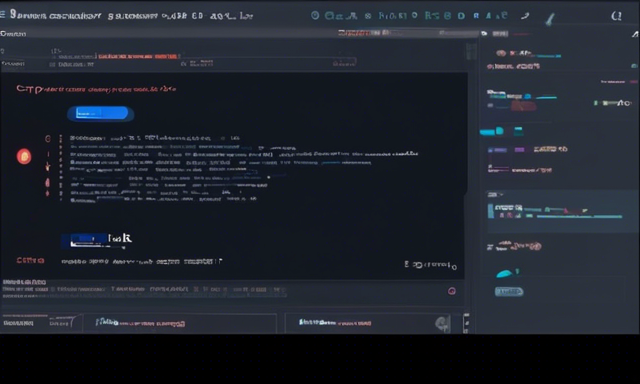Bitcoin Mining Difficulty Eases in Latest Network Adjustment
Bitcoin mining difficulty measures the level of complexity miners face in mining blocks on the Bitcoin network. This metric undergoes an automatic adjustment approximately every two weeks, leading to changes in its value.
To understand whether this change is favorable or unfavorable, one must first grasp the purpose of mining difficulty. Essentially, this factor serves as a means to regulate the asset’s inflation.
– The only method to increase the BTC supply is by mining new blocks and earning a block subsidy in return
– The block subsidy has a fixed value, so the cryptocurrency’s supply growth rate depends solely on how quickly miners hash new blocks
– In order to control the asset’s inflation, this rate must be regulated
– Satoshi Nakamoto, the coin’s creator, devised mining difficulty as a solution for this purpose
– When miners boost their total computing power (hashrate), they become more efficient at mining and thus receive block subsidies more rapidly
– The network, however, aims to restrict this pace to one block every ten minutes
– If miners lose hashrate, the difficulty decreases so that they can continue processing blocks at the regular rate despite diminished computing power
– Recent data indicates that the latest adjustment led to a drop in BTC network difficulty by over 4%
– The preceding adjustment demonstrated a steep positive change, which suggests the network was responding to miners becoming significantly quicker at their tasks
– The 7-day average mining hashrate chart supports this observation, as it had surged to a new all-time high before the previous increase in difficulty
– With a decrease in difficulty now, some miners may experience improved conditions due to the alleviated pressure from the previous spike
Bitcoin Price Movement
As of now, Bitcoin is valued at approximately $58,500, indicating a decrease of more than 2% over the last week.





 By
By
 By
By
 By
By


 By
By